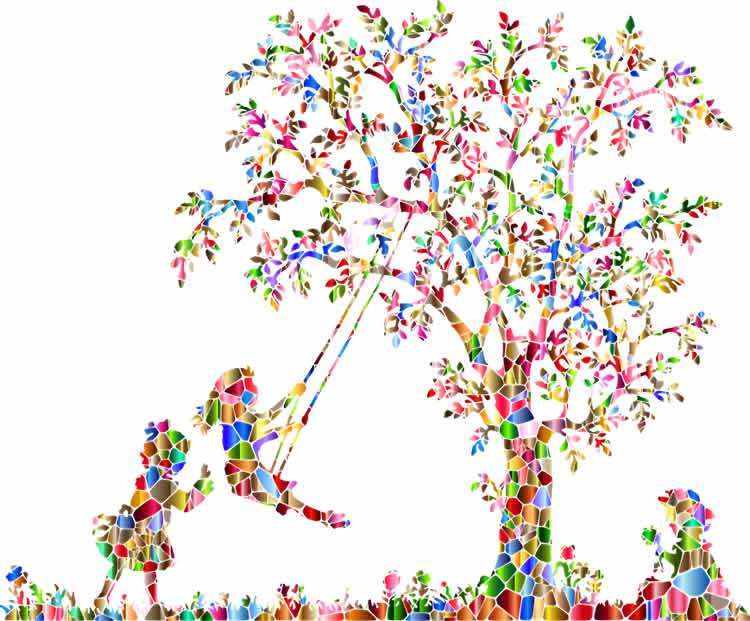A nationwide cohort study of all children born in Denmark to Danish-born mothers between 1999 through 2010 concluded that the mumps, measles, and rubella (MMR) vaccine does not increase the risk of autism, does not trigger autism in susceptible children, and is not associated with clustering of autism cases following vaccination. The findings are published in Annals of Internal Medicine.
The hypothesized link between measles, mumps, rubella (MMR) vaccine and autism continues to cause concern and challenge vaccine uptake. Currently, there is a concerning increase in measles cases in Europe and the U.S., and the World Health Organization (WHO) has declared vaccine hesitancy as one of the top 10 threats to global health.
Researchers from Statens Serum Institut, Copenhagen, Denmark used a Danish population registry to evaluate whether the MMR vaccine increases the risk for autism in children, subgroups of children, or time periods after vaccination. Of the 657,461 children included in the analysis over a decade of follow-up, 6,517 were diagnosed with autism. Comparing MMR-vaccinated with MMR-unvaccinated children yielded a fully adjusted autism hazard ratio of 0.93.
Similarly, no increased risk for autism after MMR vaccination was consistently observed in subgroups of children defined according to sibling history of autism, autism risk factors (based on a disease risk score) or other childhood vaccinations, or during specified time periods after vaccination.
Additionally, in the subgroup analysis, girls who received the MMR vaccination had a 16% to 21% reduced risk of autism.
The study also evaluated whether other childhood vaccinations, such as DTaP and Hib, increased autism risks. Similar to the MMR finding, researchers found no evidence to link these vaccinations to an increased risk of ASD diagnosis, even in the subgroup of children with genetic risk factors for autism.
According to the researchers, this study adds to previous studies through significant additional statistical power and addresses questions about susceptible subgroups and autism clustering.




